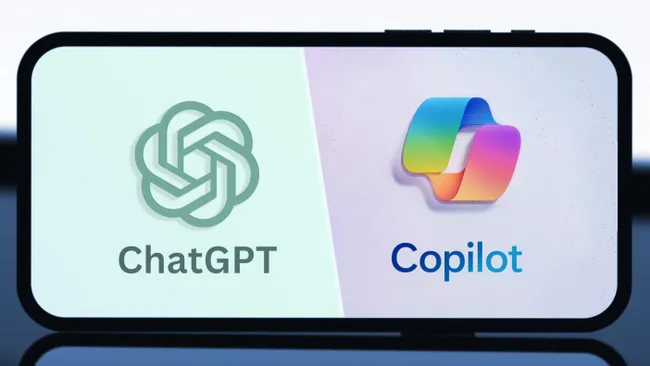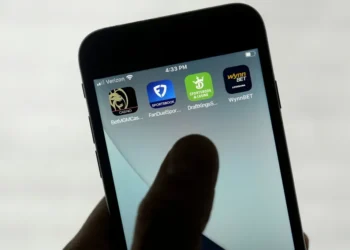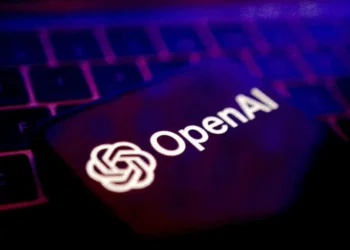With the launch of the ChatGPT app for Windows, users can now access this popular AI model directly on their desktops. At the same time, Microsoft Copilot has been gaining attention as it’s already embedded within Microsoft’s apps like Word, Excel, and Teams. Both tools, powered by large language models (LLMs), help with productivity, but how do they stack up? Here’s a comparison of their features, strengths, and best uses.
Key Similarities
Both ChatGPT and Microsoft Copilot use natural language processing (NLP) based on OpenAI’s GPT technology. They excel in content generation, automation, and data analysis based on user prompts. Their responses may seem similar, though ChatGPT’s style is more conversational and friendly, while Copilot often adopts a straightforward tone, which some may find better suited for professional contexts.
Pricing and Access
ChatGPT offers a free tier, with premium options like faster response times and the latest GPT-4 model for users who want more advanced capabilities. Similarly, Copilot has basic free features, but full functionality is available only through a Microsoft 365 subscription.
Integration with Software
The biggest difference lies in how each tool integrates with other software. Microsoft Copilot is deeply embedded in the Microsoft ecosystem and can seamlessly move data between apps like Word, Excel, PowerPoint, and Teams. Additionally, it can access user-specific data through Microsoft Graph, making it ideal for users who rely on Microsoft tools. This integration allows it to draft emails, summarize documents, and create reports, making it perfect for professionals in business settings.
ChatGPT, on the other hand, is a standalone app. While it’s not tied to any ecosystem, it can connect with third-party apps through APIs, offering flexibility and a broader range of tasks. Its versatility makes it appealing to users who may not be working primarily within business software, as it’s great for general tasks like coding, creative writing, and problem-solving.
Personalization and Data Utilization
Another major distinction is data processing. Copilot can pull personalized data from emails, documents, or meeting notes to offer context-aware suggestions, making it particularly helpful for streamlining workflows. This level of integration is well-suited for business users who want highly efficient, personalized responses.
ChatGPT, meanwhile, lacks real-time access to personal or enterprise-specific information, as it operates independently from any internal systems. This limits its ability to offer personalized insights, but it remains highly effective for generalized tasks and creative projects.
Customization Options
Microsoft Copilot Studio allows businesses to create customized AI solutions tailored to specific workflows within the Microsoft environment. ChatGPT also offers customization through its APIs and a no-code builder, but it may require more technical knowledge than Copilot’s more user-friendly setup.
Conclusion
Choosing between ChatGPT and Microsoft Copilot depends on your needs. Microsoft Copilot is ideal for productivity within Microsoft 365, especially for business users. ChatGPT is a versatile, standalone solution for general tasks, creative work, and users who need flexibility outside of a structured ecosystem.
This article was rewritten by JournosNews.com based on verified reporting from trusted sources. The content has been independently reviewed, fact-checked, and edited for accuracy, neutrality, tone, and global readability in accordance with Google News and AdSense standards.
All opinions, quotes, or statements from contributors, experts, or sourced organizations do not necessarily reflect the views of JournosNews.com. JournosNews.com maintains full editorial independence from any external funders, sponsors, or organizations.
Stay informed with JournosNews.com — your trusted source for verified global reporting and in-depth analysis. Follow us on Google News, BlueSky, and X for real-time updates.













